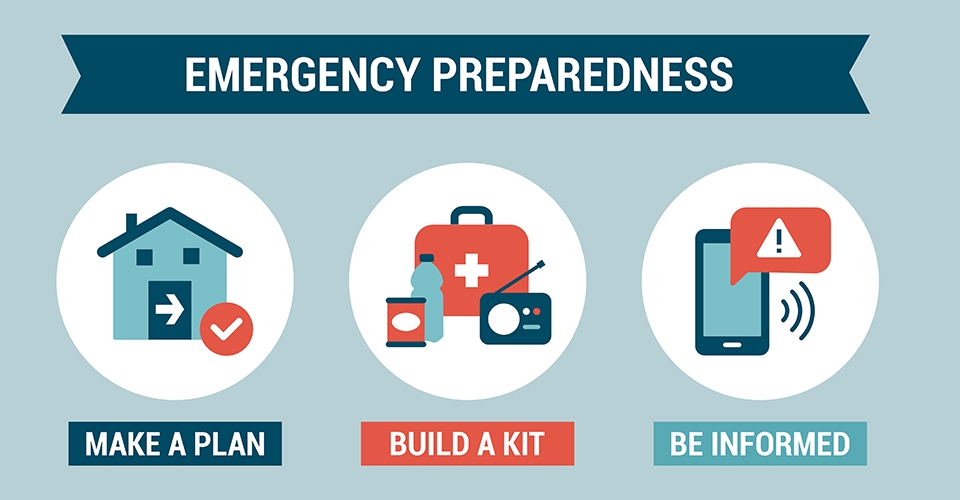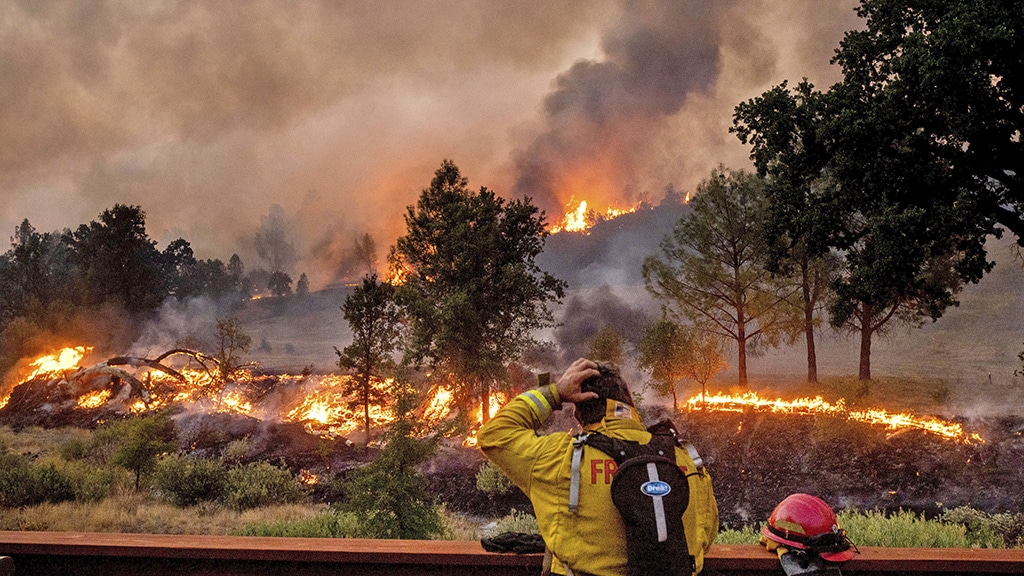
Do I even need a go bag? After all, most of us have never found ourselves without food, water, or shelter for an extended period. In fact, most of us have never gone more than 12 hours without these things. Here is the reality:
Most of us never expect to be in these situations until we are.
For example, the California wildfires in 2020 caused billions of dollars in damage. More than a half-million residents either fled their homes or were prepared to do so.

Each year, hurricanes such as Katrina, Harvey, and Sandy threatened our safety and our belongings.

Earthquakes are getting more devastating and forcing people to run for safety.

With disaster preparedness ahead of time, we can put ourselves in a position where we are ready to go at a moment’s notice. When a disaster or emergency happens, minutes and even seconds can mean the difference between life and death.
Instead of running around, trying to grab essentials and critical supplies during a chaotic situation, preparing ahead of time will allow us to remain calm and focus our attention on getting ourselves and our loved ones to safety.
So what exactly is a go bag?
An emergency go bag is basically a pre-packed bag with everything you need. These bags contain food, water, shelter, weather-resistant materials, first-aid, essential tools, and important documents. The idea behind the go-bag, or as it is also known as the bug out bag or 72 hour bag, is that it is ready to grab and go.

Here’s another thing to keep in mind: the survival rule of 3. In short, a person can survive three minutes without air, three hours without shelter in extreme conditions, three days without water, and three weeks without food. This principle highlights another fundamental reason to have a good go bag.
Additionally, your go bag should be easy enough to carry and put in a location that is easy to access. A closet, the garage, or, in some cases, a car all make good locations for it.
How effective is a go bag?
Here is snippet of one success story that shows the effectiveness of having a go bag:
When the magnitude 7.8 earthquake struck central Nepal on April 25, Sita Shrestha knew what to do. She found a place near an inner wall of her house to wait out the shaking with her five-month-old daughter and told her six-year-old son, who was on a different floor, to do the same. When the shaking stopped, Sita grabbed her ‘go bag’—a disaster preparedness kit—and took her children to a safe, open space in the court- yard. Using the tarpaulin from the go bag, she made an emergency shelter for her family. She also used disinfectant from the kit to treat her children’s wounds and passed out medicines to neighbors with head- aches and other minor ailments. Additional supplies from the bag, including chlorine to purify water, a head lamp, soap, and toothpaste, proved invaluable in the days following the earthquake, according to Sita, who made use of every item in her kit.
Needless to say, emergency preparedness is a must. Each family should take the time to prepare a bag or disaster preparedness kit and keep it updated.
We are here to help!
This might seem like a daunting task. After all, there are a lot of items to gather. It takes time and effort. However, the time spent now will go a long way in saving time in the future.

On this website, we focus on the importance of a go bag and help you to prepare your own. Together, we can create affordable and efficient bags for the entire family.